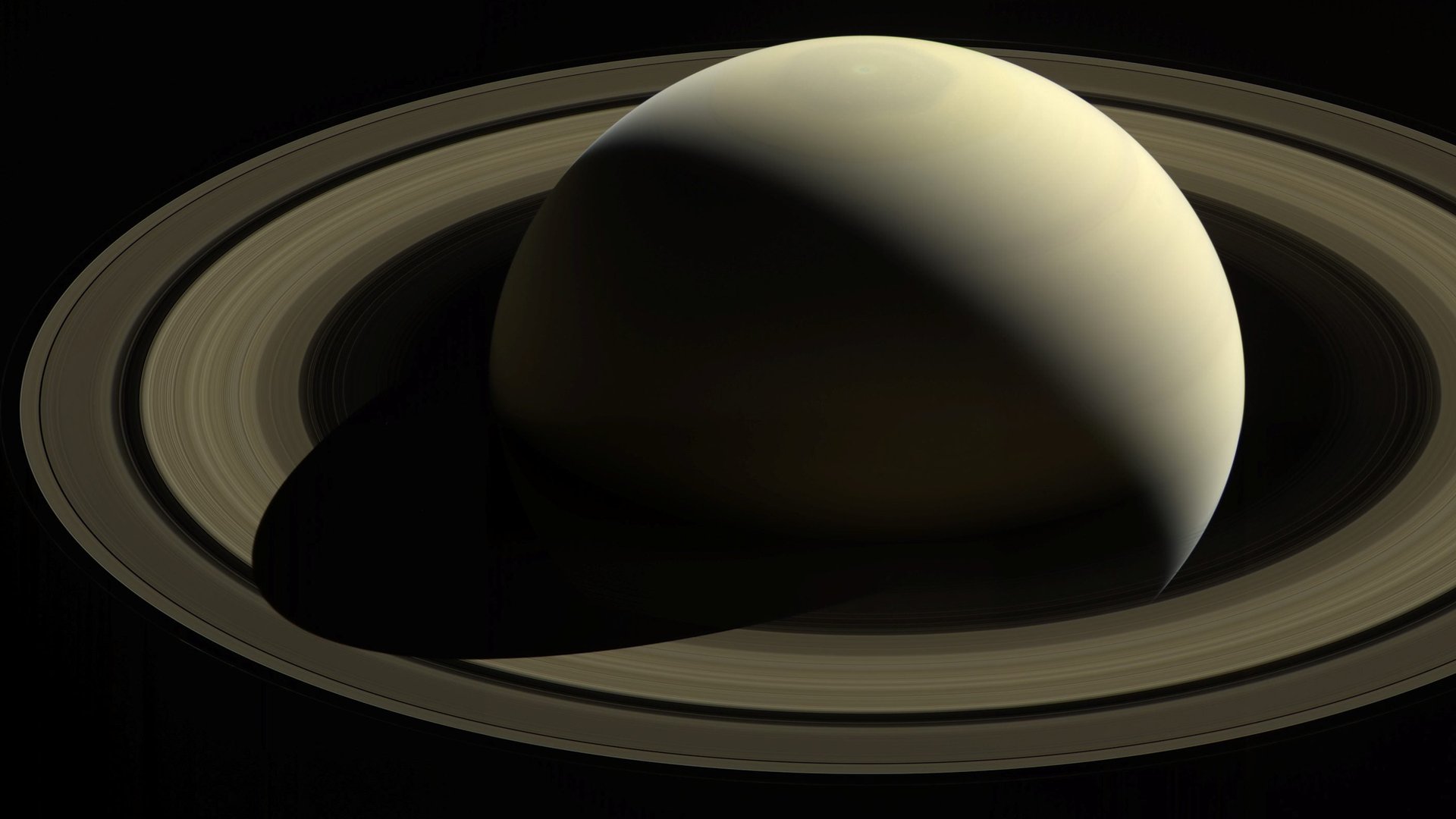Forget Mercury in retrograde—it’s Saturn in Capricorn that’s really powerful
Mercury goes into retrograde on March 22, the first time it will do so in 2018. This a very real astronomical phenomenon in which Mercury appears to move backward as it passes Earth on its much more rapid cycle around the sun. It has also become a recurrent astrological cliche to remark that “Mercury must be in retrograde,” when wires get crossed or there’s a misunderstanding of any kind.


Mercury goes into retrograde on March 22, the first time it will do so in 2018. This a very real astronomical phenomenon in which Mercury appears to move backward as it passes Earth on its much more rapid cycle around the sun. It has also become a recurrent astrological cliche to remark that “Mercury must be in retrograde,” when wires get crossed or there’s a misunderstanding of any kind.
The idea is that during this period—which generally lasts a little more than three weeks—all types of communication are compromised, as Mercury is the ruler of activities like listening, reading, speaking and writing.
In some ways it’s helpful to attribute, say, sending that email before proofreading or a misunderstanding over a text message to the stars and not simply dumb human behavior. At the very least, it cultivates an acceptance of dumb human behavior—which is generally helpful for dealing with other humans. But if we look at astrology as a useful framing device, then take a pause from considering Mercury, and spend a few moments contemplating Saturn, instead.
It takes Saturn much longer to travel around the sun than Earth, about 30 years. Just as we spend about a month in each astrological sign during our solar journey, Saturn spends about three years passing through each sign. For instance, Earth just moved from Pisces into Aries. In December of 2017, Saturn entered Capricorn. And this is especially significant because Saturn rules Capricorn, and the next sign, too, which is Aquarius.
In astrological belief, Saturn symbolizes structure and authority, and both Saturn and Capricorn are associated with patriarchal structures and figures like industry, banking, business and fathers. Periods of time during which Saturn moves through Capricorn tend to feature big changes in the relationship between the people and government—or so holds the lore, pointing to previous Saturn in Capricorn periods like 1929-1933, 1959-1962 and 1989-1991 as proof.
The Great Depression, end of the Weimar Republic, election of John F. Kennedy, introduction of the birth control pill, fall of the Berlin Wall and shift from hair metal to grunge are all radical events that happened when Saturn moved through Capricorn. So if smashing the patriarchy from 2017 to 2020 gets a little turbocharge from the planet, so be it.

As a planetary task master, Saturn’s return—the moment it moves back into the sign it was in when you were born—is a big deal, a “cosmic coming-of-age.” Which means anyone born between November 11, 1988 and February 6, 1991 is in the midst of their return, which promises transformation, chaos, and eventual resolution. This includes Taylor Swift, Jennifer Lawrence and Emma Watson—powerful women even without a once-every-two-decades dose of astrological assistance.
If you want to go very, very deep on Saturn in Capricorn, check out this long essay by Austin Coppock, president of the Association for Young Astrologers and one of the most intellectually rigorous star followers out there. He points out that this moment of change will reach a peak when Capricorn shifts into Aquarius in 2020, which will coincide with a Saturn-Pluto conjunction that marks the end of a 200-year cycle in Earth signs, and shifts into a new cycle of Air signs.
Yes, all this is far more complicated than simply blaming a planet on your garbled text messages, but bear with me—at least for a moment. The period we’re living in, whether we define it by the stars, or by the Trump presidency, or the record number of women running for office, or #metoo, or minimalism, or the backlash to minimalism, it’s a moment. That is to say, it’s distinct and intense and strange, and if we can get a little help making sense of it all from the stars, then let’s take it. And remember to proofread before clicking send for the next few weeks.